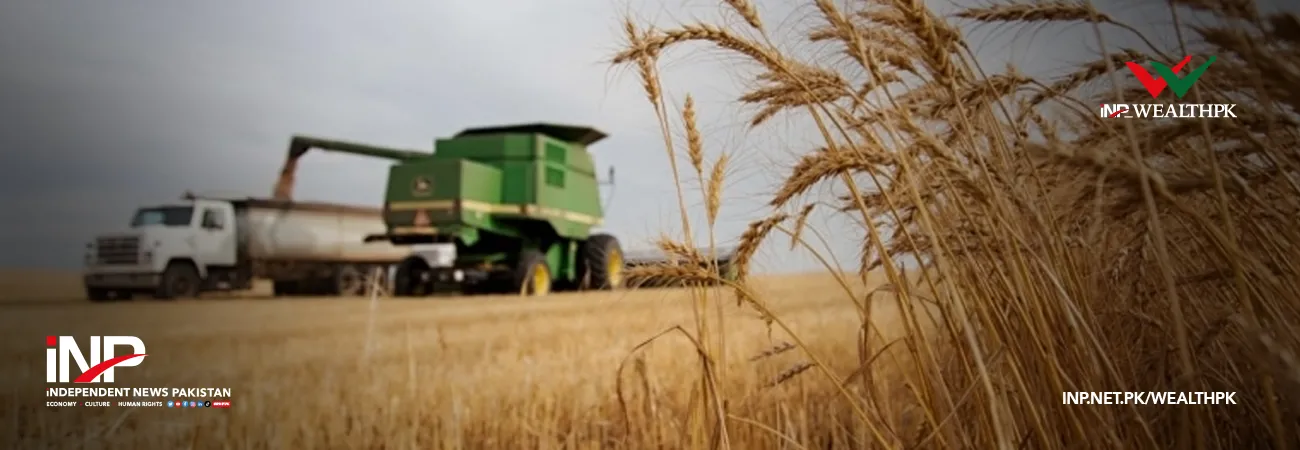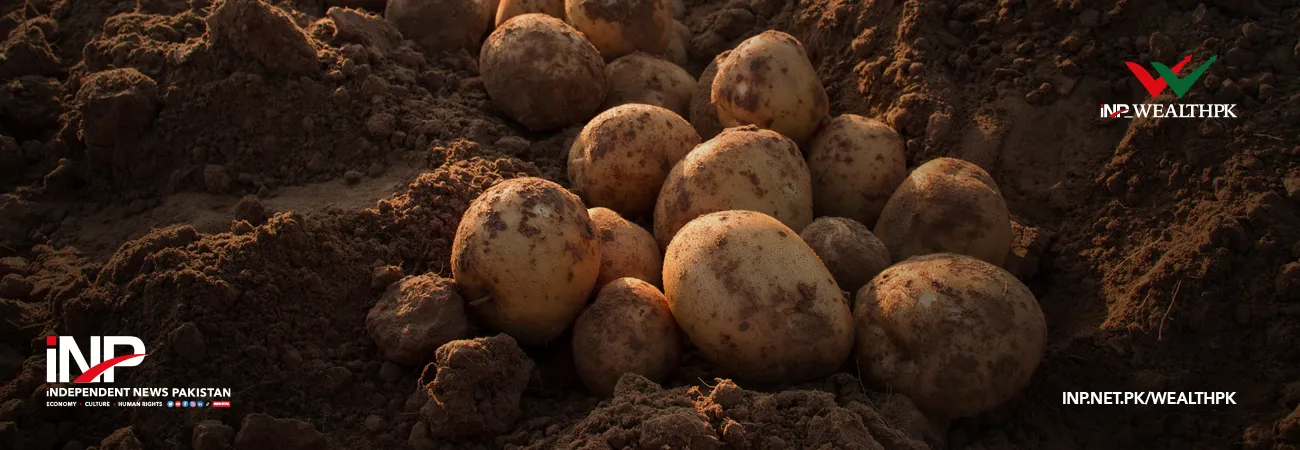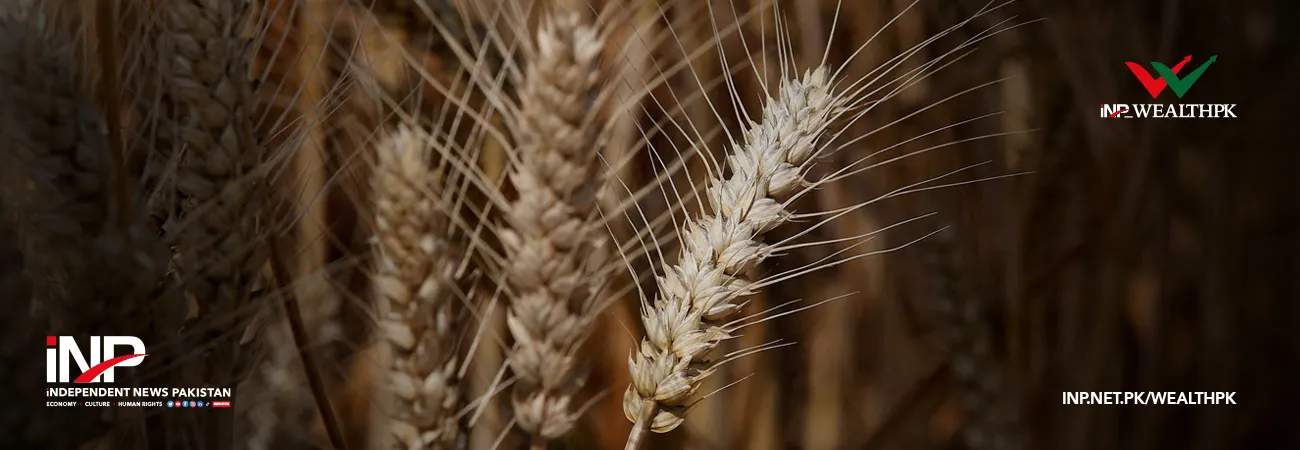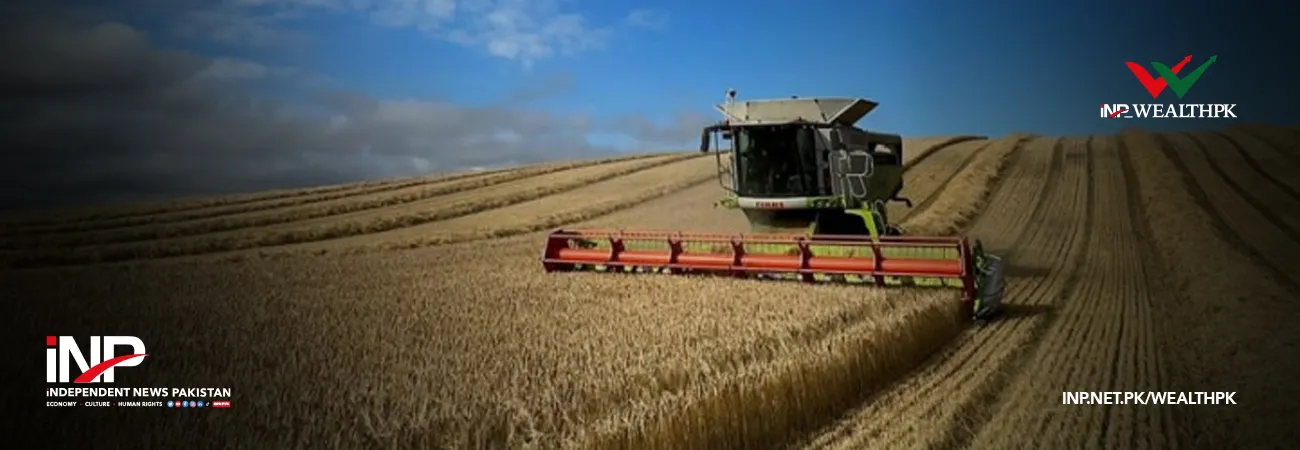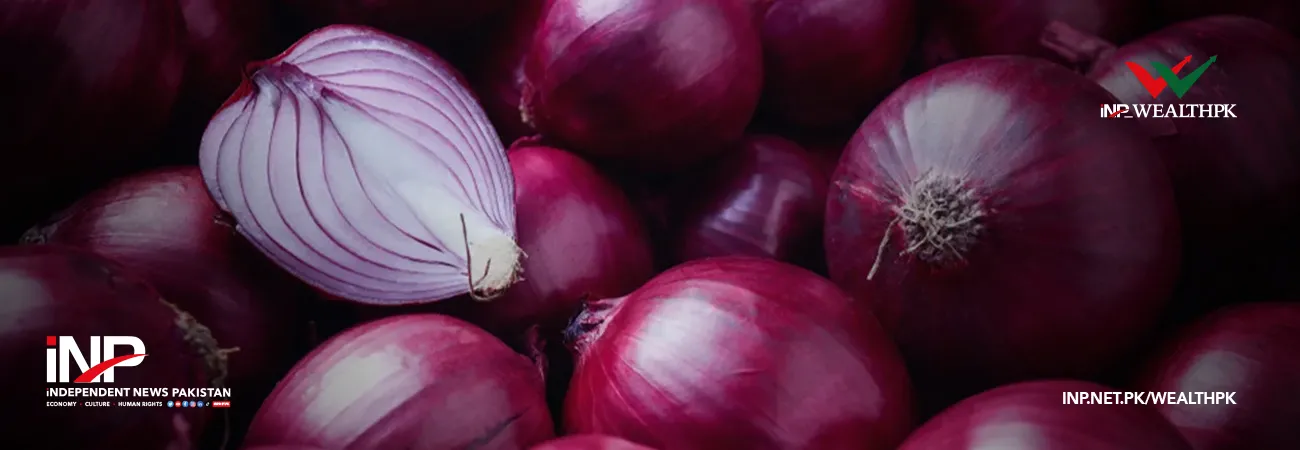INP-WealthPk
Abdul Ghani
The federal government has released Rs2.77 billion for Balochistan-related development schemes listed under the Public Sector Development Programme (PSDP) for FY2025-26, says an official working paper shared with the Senate Standing Committee on Planning, Development and Special Initiatives. The document, available with Wealth Pakistan, shows that against a revised allocation of Rs24.49 billion for Balochistan schemes under “Demand No. 109 – Other Development Expenditure, Provinces & Special Areas,” the cash releases booked so far total Rs2,772.650 million.
The combined revised allocation for all provinces is Rs92.79 billion, with total releases of Rs3.01 billion to date, implying that Balochistan accounts for the overwhelming share of cash flows issued under this demand head at this stage of the fiscal year. The province has received roughly 92 percent of the amount released so far under the broader provincial component of this demand, while the disbursement equals a little over 11 percent of Balochistan’s own revised allocation under the head.
The Balochistan portfolio in the document is dominated by road connectivity, water resources, and municipal infrastructure — the areas that successive governments and the province’s legislators have flagged as binding constraints on growth. The road sector entries range from the construction of black-top roads and bypasses in remote districts to major link improvements intended to connect the agricultural valleys and mineral clusters with national corridors. The paper also lists drinking water, sanitation, and smart-city-style municipal works for Quetta and other urban centres, alongside community facilities such as schools and basic health infrastructure in the far-flung tehsils.
Among the Balochistan-specific schemes highlighted in the working paper are the construction of Ghand Dam, Baker, Dera Bugti; construction of a 110-km road from Chedagi (Iran border) to Panjgur; construction of black top Northern Bypass Road, Loralai (15.5 km); construction of black-top road from Zhob to Mekhtar via Murgha Kibzai (connecting N-50 and N-70) with a total length of 103km; and construction of black-top roads from Killi Sardar Abdul Rahim Khilji, Taftan in Chaghai District.
These entries sit alongside a longer list of district-wise projects on the primary sheet, which includes packages in Quetta, Kech, Panjgur, Chaghai, Washuk, Kalat, Killa Saifullah, Zhob, Ziarat, and other districts. Several continuing road packages show disbursements in standard tranches, often in the Rs196–700 million range, signalling that the contractors and executing agencies are being funded to maintain mobilized works through the first half of the year. By contrast, a number of new-start or feasibility-stage items have not yet been released, a typical occurrence for the first quarter when PC-I vetting, procurement, and site handover steps are still in progress.
The document reveals that for Balochistan, the early-year emphasis on connectivity is unsurprising. The province’s settlement pattern and long internal distances make road links the single largest line item in most PSDP cycles. Improvements like Zhob–Murgha Kibzai–Mekhtar link connecting N-50 and N-70 corridors are expected to reduce the travel time between northern Balochistan and the central Punjab belt, which, in turn, reduces freight costs for agricultural produce and mined materials.
Similarly, the Chedagi-to-Panjgur Road — starting at the Iranian frontier — has trade-facilitation implications once border-market arrangements and customs infrastructure catch up. Water security remains the second pillar in the province’s development mix. Ghand Dam (Baker, Dera Bugti) scheme listed in the paper is emblematic of the small and medium storage approach the province has pursued to stabilize the water supply and support micro-irrigation in drought-vulnerable pockets.
Even modest releases to such projects can unlock parallel steps, such as land acquisition and contractor mobilization that often hold up progress more than the civil works themselves. Urban services and “smart city”-style interventions —particularly those recorded for Quetta — are also present in the Balochistan section of the sheet.
These typically cover a basket of roads, drainage, streetlighting, solid-waste handling, and traffic management. Although their financial footprints are smaller than those of the large inter-district roads, they tend to have outsized visibility because they directly affect the residents’ daily experience of the provincial capital. The working paper’s numbers also spotlight the pace and sequencing of public investment rather than just headline allocations.
With Rs2.77 billion already logged for Balochistan against Rs24.49 billion in revised allocation under this demand, the implied utilization is modest but consistent with historical patterns for the first part of a fiscal year. The releases typically ramp up in the third and fourth quarters, as more schemes reach billable milestones (subgrade completion, structure casting, equipment delivery), and as executing agencies complete procurement for packages awarded later in the year.
It is noteworthy that the concentration of early releases in roads, with complementary allocations for water and urban services, aligns with the province’s short-to-medium-term growth constraints. Better physical access lowers the delivered cost of essentials, expands labour markets, and supports private investment in logistics, agro-processing, and mining. Dams and water-supply schemes, though slower to deliver immediate visual progress, underpin resilience in a province that cycles through multi-year droughts.
Incremental improvements in Quetta’s civic infrastructure remain critical for provincial administration, commerce, and health outcomes. Moreover, according to the document, Balochistan is receiving the lion’s share of funds released so far, and the projects chosen for early backing reflect a practical bias for connectivity and basic services that can unlock wider economic multipliers across the province.
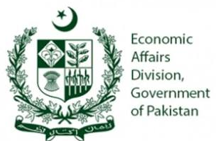
Credit: INP-WealthPk






